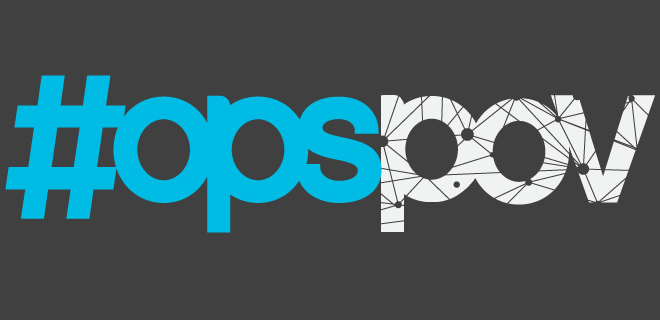
In an end-of-week post, AdExchanger reported this afternoon that Google had abandoned its “last-look” practice in exchange bidding. The old Google last-look advantage allows AdX the chance to outbid whichever demand source would have otherwise won in a programmatic auction, prior to sending a request to Google’s ad server. Famously, publishers’ desire to circumvent that practice gave rise to header bidding.
But now Google says it’ll be putting AdX bids into a unified auction with everyone else’s. Updated support documentation for its exchange bidding product reflects that change.
This might sound surprising to some. Yes, header bidding has been probably the hottest topic in ad tech over the past couple years—and rather than just being discussion point, it’s had substantial effects on publishers’ ability to earn revenue in programmatic. But Google remains practically unavoidable as the biggest player in the display market. You’d think they’ve got a ways to go before header might become an existential threat.
And yet, obviously Google wants in on the header game, and it’s not in the company’s nature to let a particular marketplace do its thing without creating a product for it. That’s why Google launched Exchange Bidding in Dynamic Allocation (EBDA). And if anyone has asked the question, “Why should we, as a publisher, sign on with EBDA, if we’ve been trying to work around AdX since header bidding started?”—then Google’s movement toward a unified auction seems to be an answer. It’s a carrot to pubs to speed along the adoption of EBDA.
There are other reasons why abandoning last-look might be smart strategy for Google. Publishers have been pushing back against Google’s last-look practice for a long time, and it stands to reason that it’s good business sense to change a practice that’s widely unpopular across an entire category of your business partners.
As for other demand-side partners, either those currently in EBDA or not—a unified auction looks like an added bonus for them, too. For existing EBDA demand partners, it demonstrates Google is willing to be transparent, and that they can place sufficient trust in EBDA to push steady, quality demand into it. For other demand sources that aren’t in EBDA, it’s a lure to bring them in.
So, is header bidding done?
Probably not. EBDA is a server-side auction, and all the issues in S2S remain—many of which still hinge on transparency. Demand partners often take pause at jumping into an S2S connection managed by someone else, especially when that “someone else” is a competitor. In managing the server-side connection, Google ultimately decides what data goes into EBDA. There are issues in S2S related to ID-syncing between buy and sell sides, and from publisher to publisher. Google might find an advantage for itself in those ID issues, not just because it’s managing the server-side connection, but because of its unparalleled scale. So, EBDA still comes out looking something like a black box, unified auction or no.
Google’s move away from last-look is a timely gesture to publishers and other demand sources—but it’s more than just a gesture. Really, they’ve made their own product more appealing, and it appears they’ve made it so it’s less likely to screw over pubs and partners. But Google is not caving to header bidding, and they’re also not about to kill it.